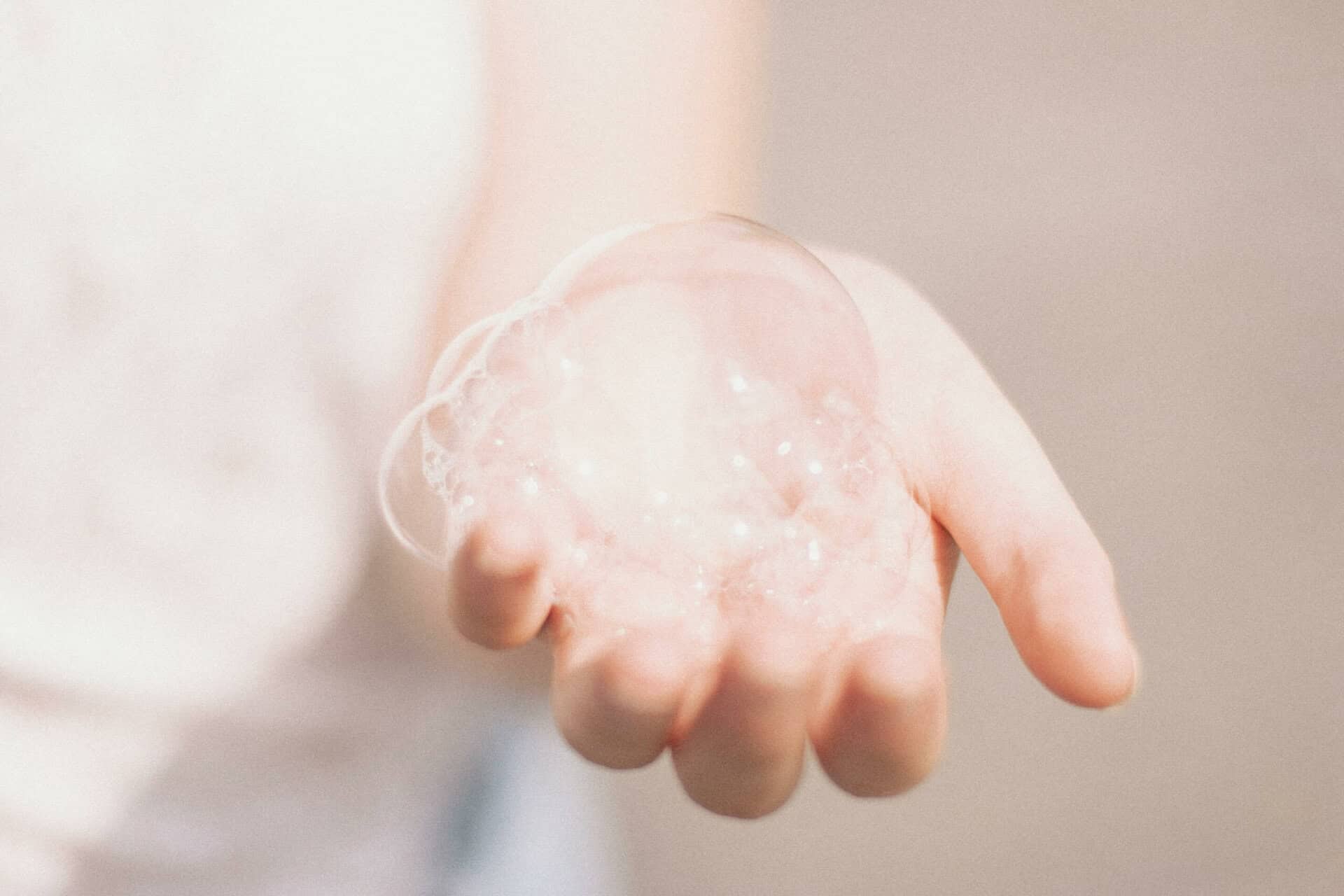Table of Contents
Energy healing is more than just a mystical practice or a placebo wrapped in the guise of ancient wisdom. It is a profound approach to holistic health that has been embraced across cultures and epochs. Energy healing is a type of alternative therapy where practitioners use their hands, or even just their minds, to channel healing energy into a persons body, facilitating physical, emotional, and spiritual well-being. This method is not merely about waving hands over a body or whispering incantations; it is deeply rooted in the belief that life force energy flows through all living things and that manipulating this energy can lead to profound healing.
I first encountered energy healing in a tiny, sunlit room in Bali. The practitioner, a serene woman with a gentle smile, didnt touch me once, yet I left feeling as if a weight had been lifted off my shoulders. Was it real, or was it the balmy air and exotic locale working their magic? My scientific mind initially dismissed it as a placebo. However, my subsequent experiences and research into the field have convinced me of its merits, albeit with a critical eye. This article aims to unravel the layers of energy healing, delving into its types, benefits, and the scientific inquiry surrounding it.

Understanding Energy Healing
Discover the research-backed insights into energy healing and its effectiveness. – Energy healing involves manipulating the body’s energy fields to promote healing and well-being, with various types such as Reiki and acupuncture. – Studies indicate potential benefits including reduced stress, pain relief, and enhanced emotional well-being, although more rigorous research is needed. – Energy healing is generally considered safe, but it’s important to consult with a qualified practitioner to ensure proper techniques and care.
How Does Energy Healing Work?
To understand how energy healing works, one must first grasp the concept of energy in the human body. Practitioners believe that the body is surrounded by an energy field, often referred to as an aura. This energy field is thought to interact with the body’s chakra system, which consists of seven key energy centers aligned along the spine. When these energy centers are blocked or out of sync, it is believed that physical or emotional ailments can manifest.
Energy healing works on the principle that the healer can channel universal life force energy into the patient, restoring balance and promoting healing. This can be achieved through various methods, such as Reiki, therapeutic touch, or qigong. Each practice has its own techniques, but the underlying principle remains the same: the healer acts as a conduit for energy, facilitating the patient’s healing process.
In my own exploration, I have found that energy healing sessions often involve a combination of meditation, visualization, and hands-on techniques. The practitioner might hover their hands over specific areas of the body, or lightly touch them, all while maintaining a strong focus on transmitting healing energy. The experience can be quite meditative, leaving one with a sense of calm and rejuvenation.
Insider Tip: According to Dr. Mehmet Oz, a renowned advocate for integrative medicine, “Energy healing is a frontier of medicine that’s gaining traction due to its simplicity and effectiveness in stress reduction.”
What Are the Types of Energy Healing?
Energy healing is a broad field encompassing a variety of practices, each with its own unique approach and methodology. The most well-known forms include:
1. Reiki
Originating from Japan, Reiki is a form of energy healing where the practitioner channels universal energy into the patient through their hands. It is often used to promote relaxation, reduce stress, and support the body’s natural healing processes. Reiki sessions typically involve the patient lying down fully clothed while the practitioner places their hands lightly on or just above the body.
2. Therapeutic Touch
Developed by nurses in the 1970s, Therapeutic Touch is a healing practice that involves the practitioner moving their hands over the patient’s body to detect and correct energy imbalances. It is used in hospitals and hospices to alleviate pain and anxiety, with some studies suggesting it can accelerate wound healing.
3. Qigong
A cornerstone of traditional Chinese medicine, Qigong combines movement, meditation, and controlled breathing to cultivate and balance the body’s energy. It is both a preventive and curative practice, often used to enhance overall health and well-being.
4. Pranic Healing
Pranic Healing is a no-touch energy healing technique that uses the life force, or prana, to heal physical and emotional ailments. Practitioners cleanse and energize the patient’s aura, promoting the body’s natural healing abilities.
5. Crystal Healing
This practice involves placing crystals on or around the body to draw out negative energy and amplify positive energy. Each crystal is believed to have its own specific healing properties aligned with different chakras.
Expert Insight: According to Dr. Judith Orloff, a psychiatrist and author of “The Power of Surrender,” “Energy healing is a powerful way to clear emotional blocks and connect with your higher self for guidance and healing.”
What Are the Benefits of Energy Healing?
The potential benefits of energy healing are as diverse as its practices, and while scientific validation varies, anecdotal evidence and some studies suggest significant positive outcomes.
Firstly, energy healing is often praised for its ability to reduce stress and promote relaxation. In a world where stress-related ailments are on the rise, finding effective stress reduction techniques is crucial. Energy healing sessions are reported to induce a state of deep relaxation, which can help lower blood pressure, improve sleep quality, and enhance overall well-being.
Moreover, energy healing is said to support emotional healing by helping individuals release negative emotions and traumas. This can lead to increased emotional resilience, improved mood, and a greater sense of inner peace. Energy healing can also complement traditional medical treatments, providing holistic support for those recovering from illness or surgery.
A personal anecdote: After an emotionally taxing period in my life, I tried Reiki to see if it could help me cope with my stress and anxiety. While skeptical at first, I noticed a subtle yet profound shift in my emotional state after just a few sessions. It felt as though the emotional fog had lifted, allowing me to see a path forward with clarity and calm.
What Does the Research Say?
The scientific community remains divided on the efficacy of energy healing, with some studies supporting its benefits and others dismissing it as placebo. However, several studies have shown promising results.
For instance, a study published in the Journal of Evidence-Based Complementary & Alternative Medicine found that Reiki significantly reduced anxiety and depression in patients with mild to moderate forms of these conditions. Another study published in Pain Management Nursing reported that Therapeutic Touch was effective in reducing pain and improving mood in postoperative patients.
However, critics argue that many studies on energy healing suffer from methodological flaws, such as small sample sizes and lack of control groups. The placebo effect is also a significant consideration, as the belief in the efficacy of the treatment can itself lead to perceived improvements.
Despite the controversy, there is a growing body of evidence suggesting that energy healing can be a valuable complementary therapy. The National Center for Complementary and Integrative Health acknowledges that while more research is needed, energy healing may offer benefits for certain conditions.

Insider Tip: Dr. Andrew Weil, a pioneer in integrative medicine, emphasizes the importance of an open mind: “The absence of scientific proof is not proof of absence.”
Is Energy Healing Safe?
Energy healing is generally considered safe, with little to no risk of adverse effects. Because it is non-invasive and does not involve the ingestion of substances, it is unlikely to cause physical harm. However, it is essential to approach energy healing with a discerning mind.
As with any therapy, it is crucial to ensure that energy healing is practiced by a qualified and reputable practitioner. Look for practitioners with proper training and certifications, and don’t hesitate to ask questions about their experience and methods.
Energy healing should not be used as a substitute for conventional medical treatment, especially for serious health conditions. It is best used as a complementary therapy to enhance overall well-being and support the body’s natural healing processes.
How to Find an Energy Healer
Finding a qualified energy healer can be a daunting task, especially with the proliferation of unverified practitioners. Here are some tips to help you find a reputable energy healer:
- Research Thoroughly: Look for practitioners who have received formal training and certification from recognized institutions. Check their credentials and read reviews from previous clients.
- Ask for Recommendations: Seek referrals from friends, family, or healthcare professionals who have had positive experiences with energy healing.
- Interview Potential Healers: Don’t hesitate to ask questions about their training, experience, and approach. A reputable healer will be transparent and willing to address your concerns.
- Trust Your Intuition: Choose a healer with whom you feel comfortable and at ease. Your intuition can be a valuable guide in selecting the right practitioner for you.
- Check for Professional Associations: Membership in professional associations, such as the International Association of Reiki Professionals, can be a good indicator of a practitioner’s commitment to ethical standards.
The Bottom Line
Energy healing remains a subject of debate within the scientific community, yet its popularity continues to grow among those seeking holistic and non-invasive therapies. While more research is needed to fully understand its mechanisms and efficacy, the anecdotal evidence and some studies suggest that energy healing can offer valuable benefits, especially in stress reduction and emotional healing.
Personally, I have found energy healing to be a gentle yet powerful complement to conventional medical treatments. It has provided me with a sense of balance and peace during challenging times, offering a holistic approach to health that resonates with my personal beliefs.
Ultimately, the decision to explore energy healing is a personal one. If approached with an open mind and a discerning eye, it can be a beneficial addition to your wellness journey. As with any therapy, it is essential to seek out qualified practitioners and use it in conjunction with traditional medical care when necessary.
Link for Further Reading: For a comprehensive exploration of energy healing practices and their scientific basis, you can visit Verywell Health.
By Verywell Health Editor
In the ever-evolving landscape of alternative medicine, energy healing stands as a testament to the enduring human quest for balance, harmony, and healing. Whether you are a skeptic or a believer, the exploration of energy healing offers a fascinating glimpse into the possibilities of holistic health.


